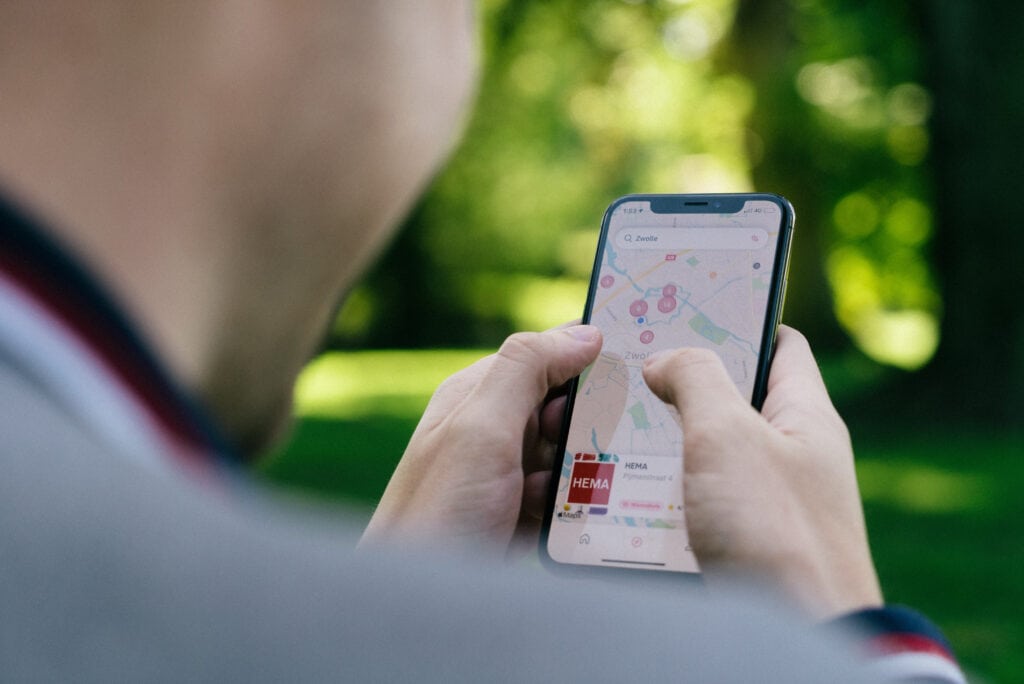Can You Use an iPhone Without a SIM Card? Beyond Calls

Have you ever wondered if your iPhone could function without a SIM card? This question might seem a bit out of the ordinary, especially in a world where being constantly connected is almost a necessity. However, there are numerous scenarios where understanding how to use an iPhone sans SIM card can be incredibly useful.
Whether it's turning an old iPhone into a Wi-Fi-only device for a younger family member, or simply using an iPhone as a media device, the possibilities are intriguing. This article dives into the fascinating world of iPhones operating without SIM cards, uncovering the features available, limitations you might face, and some unexpected benefits.
Core Functionalities Accessible Without a SIM Card
Even without a SIM card, your iPhone is far from a mere paperweight. Contrary to common belief, many of the device's essential features continue to work.
This segment explores the capabilities of an iPhone operating without the traditional cellular connectivity provided by a SIM card.
Internet Access via Wi-Fi
One of the most crucial features that remain unaffected is Wi-Fi connectivity. With access to a Wi-Fi network, your iPhone can still surf the web, stream videos, download apps, and stay updated.
This means that as long as you are within range of a Wi-Fi signal, your iPhone essentially functions as a small tablet, capable of accessing the vast resources of the internet.
Apps and Entertainment
Most apps on your iPhone don’t necessarily require a cellular connection to work. This includes games, productivity apps, and even some messaging apps that can operate over Wi-Fi.
Similarly, entertainment apps like YouTube, Netflix, and Spotify can continue to provide music and videos, as long as you're connected to Wi-Fi.
Camera and Media Storage
Your iPhone’s camera remains fully functional without a SIM card. You can take photos and videos, edit them using Apple’s built-in tools or third-party apps, and store them in the device's memory.
Moreover, you can view any stored media like photos, music, and videos, turning your iPhone into a portable media library.
iCloud and Cloud Services
iCloud services work seamlessly over a Wi-Fi connection. This means you can back up your data, synchronize contacts, calendars, notes, and access your iCloud Drive.
Other cloud-based services like Google Drive or Dropbox also continue to function, enabling you to store and access files online.
Emergency Calls
It’s important to note that even without an active SIM card, iPhones in most countries can still make emergency calls. This is a safety feature mandated by law in many regions, ensuring that you can reach emergency services if necessary.
Limitations and Challenges
While an iPhone without a SIM card offers a range of functionalities, it's not without its limitations. Understanding these constraints is key to maximizing the use of your device in a SIM-less mode.
Here, we explore the primary challenges you might encounter and the aspects of iPhone usage that are restricted without a cellular connection.
Restricted Voice Calls and SMS
The most obvious limitation is the inability to make or receive standard voice calls and SMS messages. Without a SIM card, your iPhone cannot connect to cellular networks, which means traditional phone calls and text messages are off the table.
This can be a significant drawback for those who rely heavily on these basic communication methods.
Limited GPS Functionality
Although the GPS on your iPhone can still work without a SIM card, its effectiveness is reduced. Without access to cellular data, the location services are less accurate and slower to update.
This might not be a concern for basic navigation needs, but for precise or real-time location tracking, it's a notable limitation.
No Cellular Data Access
Without a SIM card, you lose access to cellular data. This means that any internet-dependent activity can only be performed when connected to Wi-Fi.
In situations where Wi-Fi is unavailable, such as while traveling or in remote areas, this can significantly hinder your iPhone's functionality.
Carrier-Specific Features Unavailable
Certain features provided by mobile carriers, like visual voicemail, caller ID, and carrier-specific apps, require an active SIM card. As such, these services will be inaccessible in a SIM-less iPhone, which might affect the overall user experience.
Alternative Communication Methods

Even without a SIM card, your iPhone is far from being cut off from the world of communication. Thanks to a variety of apps and services, staying connected is still possible and often quite convenient.
Wi-Fi-Based Messaging and Calling Apps
One of the most popular solutions is to use Wi-Fi-based messaging and calling apps. Applications like WhatsApp, Skype, and Facebook Messenger allow you to send messages, make voice calls, and even video calls, as long as you have access to a Wi-Fi network.
These apps are free to download and easy to set up, making them a go-to choice for many.
Email and Social Media
Email remains a staple in digital communication and works perfectly on a SIM-less iPhone. Along with email, social media platforms like Facebook, Twitter, and Instagram provide a robust way to stay in touch, share updates, and even make voice and video calls through their respective apps.
FaceTime and iMessage
For those within the Apple ecosystem, FaceTime and iMessage are excellent options. These services work seamlessly over Wi-Fi, allowing you to send messages, photos, videos, and make voice or video calls to other Apple users.
Voice Over Internet Protocol (VoIP) Services
VoIP services like Google Voice or Vonage offer phone-like services over the internet. These services often provide a phone number that you can use to make and receive calls and texts via Wi-Fi.
They are particularly useful for those who need a more phone-like experience without a cellular plan.
Cloud Communication Platforms
Finally, cloud-based communication platforms like Slack or Microsoft Teams are not just for business use. They also provide an effective way for groups to stay connected, share files, and even hold voice and video meetings, all over a Wi-Fi connection.
Use Cases for SIM-less iPhones
An iPhone without a SIM card is not just a limited version of its former self. In fact, it opens up a variety of unique and practical use cases.
By thinking outside the box, you can repurpose an old iPhone or use a new one in innovative ways that go beyond the standard phone calls and texts.
Dedicated Media or Gaming Device
One of the most enjoyable uses of a SIM-less iPhone is as a dedicated media player or gaming device. With access to a myriad of apps and games on the App Store, your iPhone can become a portable entertainment center.
Load it with your favorite songs, movies, podcasts, or games, and enjoy them without the interruptions of calls or messages.
Device for Children or Elderly
For parents looking to give their children a smart device without the risks associated with cellular connectivity, a SIM-less iPhone is an ideal solution. It can be loaded with educational apps, games, and restricted access to the internet.
Similarly, it can serve as a simple device for the elderly, providing them with entertainment and a way to stay connected via Wi-Fi.
Secondary Device for Specific Tasks
A SIM-less iPhone can function as a secondary device dedicated to specific tasks like navigation, fitness tracking, or photography. You can use it as a GPS device in your car, track your workouts, or take it on trips as a dedicated camera without worrying about using up the battery or space on your primary phone.
Home Automation Control
In the era of smart homes, an old iPhone can be repurposed as a control center for your home automation devices. From controlling smart lights and thermostats to managing security cameras, an iPhone can be the central hub for all your smart home devices.
Development and Testing Device
For app developers, having a spare iPhone without a SIM card is invaluable. It can be used for testing new apps, running different versions of iOS, and experimenting with app features without affecting your main phone.
Conclusion
Exploring the capabilities of an iPhone without a SIM card reveals a surprising array of functionalities and use cases. From Wi-Fi-based communication to serving as a dedicated device for media, gaming, or smart home control, the potential of a SIM-less iPhone extends far beyond basic phone functionalities.
While there are challenges such as the lack of traditional voice calls and cellular data, alternative solutions like Wi-Fi calling apps and cloud services offer viable workarounds. Keeping the device updated and managing apps remains straightforward with a Wi-Fi connection.
This flexibility demonstrates the iPhone's robust design, capable of adapting to various scenarios beyond its intended cellular use.


